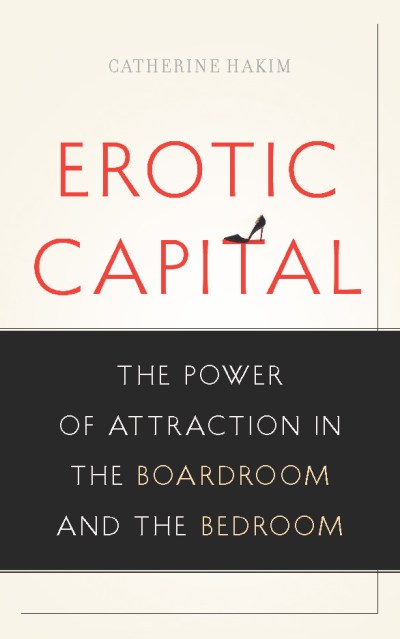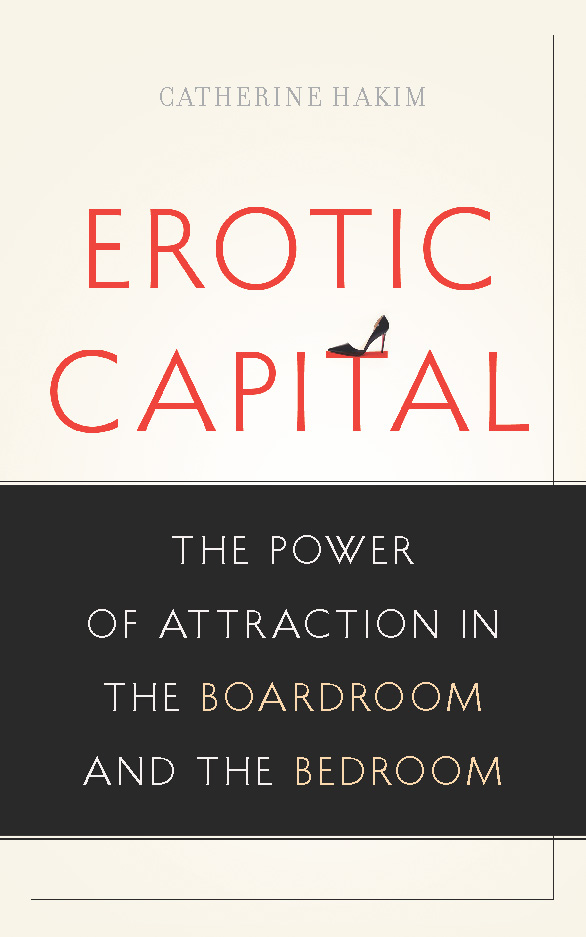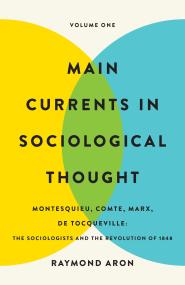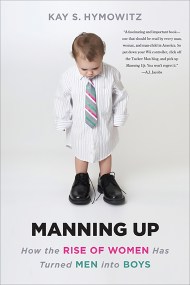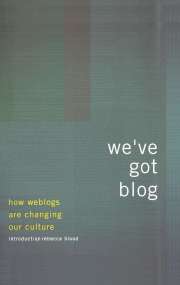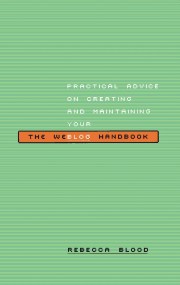Promotion
Use code BEST25 for 25% off storewide. Make sure to order by 11:59am, 12/12 for holiday delivery!
By clicking “Accept,” you agree to the use of cookies and similar technologies on your device as set forth in our Cookie Policy and our Privacy Policy. Please note that certain cookies are essential for this website to function properly and do not require user consent to be deployed.
Erotic Capital
The Power of Attraction in the Boardroom and the Bedroom
Contributors
Formats and Prices
- On Sale
- Aug 25, 2011
- Page Count
- 304 pages
- Publisher
- Basic Books
- ISBN-13
- 9780465027965
Price
$17.99Format
Format:
- ebook $17.99
- Hardcover $37.00
This item is a preorder. Your payment method will be charged immediately, and the product is expected to ship on or around August 25, 2011. This date is subject to change due to shipping delays beyond our control.
Buy from Other Retailers:
In this bold and controversial book, Hakim explores the applications and significance of erotic capital, challenging the disapproval meted out to women and men who use sex appeal to get ahead in life. Social scientists have paid little serious attention to these modes of personal empowerment, despite overwhelming evidence of their importance. In Erotic Capital, Hakim marshals a trove of research to show that rather than degrading those who employ it, erotic capital represents a powerful and potentially equalizing tool — one that we scorn only to our own detriment.
Genre:
Newsletter Signup
By clicking ‘Sign Up,’ I acknowledge that I have read and agree to Hachette Book Group’s Privacy Policy and Terms of Use
